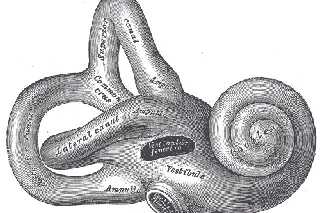Thomas Riccio, a lanky 84-year-old, was dozing off in the waiting room. A former crane operator at a steel mill and a World War II veteran, he had been in for a physical six months earlier and everything was fine. His only chronic medical problem was high blood pressure.
When I called his name, he stood up and swayed, almost losing his balance. His wife and I lunged, each grabbing one of his arms.
“I’m OK, I’m OK,” he insisted. “Just when I get up sometimes, I almost lose my balance, but I haven’t fallen.”
His wife told me it was the fourth time in three months that he’d come to the VA clinic with dizziness. At our regular visits he always said that everything was good. He wasn’t one to complain.
Slowly we made our way down the hall, Mr. Riccio sliding one hand along the wall.
Dizziness is ...















